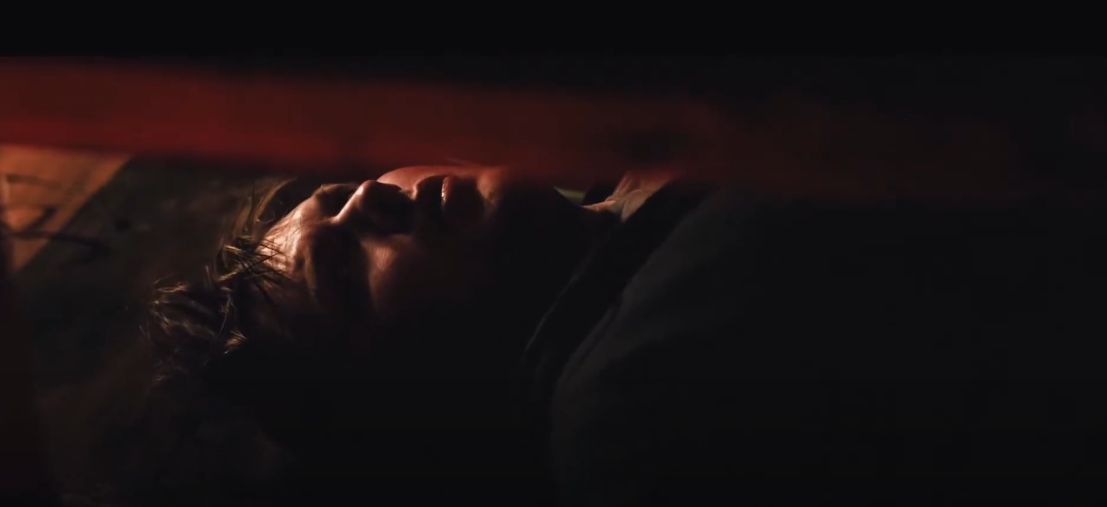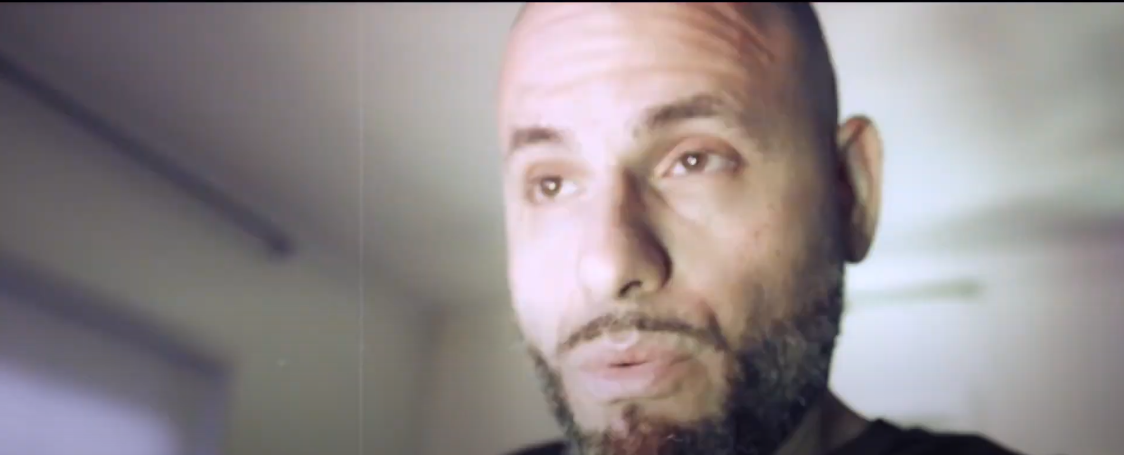Frank Palangi’s The Lost Chronicles is a wild, fever-dream of a horror anthology that leans fully into the surreal and unsettling. The film follows several individuals whose nightmares—ranging from stalkers to murders to monstrous apparitions—begin bleeding into reality. It’s an ambitious premise, one that promises tension, terror, and a glimpse into the darker corners of the human psyche.
Where the film shines is in its raw, experimental energy. Palangi, who not only directed but also wrote and produced the project, isn’t afraid to take risks with editing and atmosphere. Some sequences are visually striking in their chaotic, almost dreamlike composition, and these moments hint at the kind of creativity that independent horror can achieve when it’s unafraid to break convention. Certain segments truly land, offering flashes of eerie suspense and inventive imagery that feel like a breath of fresh air for fans of offbeat horror.
Unfortunately, the film is not without its rough edges. The acting often feels unpolished, and the dialogue can be clunky, making it difficult to fully invest in the characters’ plights. There are also noticeable production missteps—most glaringly, the misspelling of “Chronicles” as “Chronciles” in the opening credits and a visible reflection of the cameraman in one scene—that, while unintentionally comical, pull the viewer out of the experience. These flaws make the film more of a curiosity than a polished horror piece, and the scares are inconsistent, often veering into the unintentionally humorous.
Yet, for all its imperfections, The Lost Chronicles possesses a certain charm. It’s the kind of project that feels unfiltered, a pure expression of one filmmaker’s vision, and there’s something entertaining about watching the chaos unfold. Not every segment works, but the ones that do are memorable, blending suspense, horror, and absurdity in ways that mainstream horror rarely dares to attempt.
Ultimately, The Lost Chronicles is a strange, uneven ride that will likely divide viewers. It’s far from flawless, but for those with a taste for experimental horror and a tolerance for rough edges, it offers a uniquely wild experience—one that’s as comically bad as it is oddly captivating. It may not terrify in the traditional sense, but it leaves an impression, and sometimes that’s enough.
Jessie Hobson



